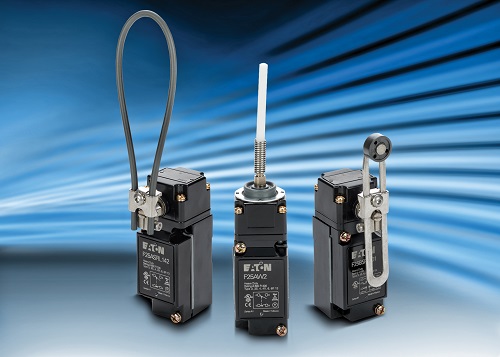
What is a Door Limit Switch?
A door limit switch is a switch that is used for automatic detection and for sensing the opening and closing of a door or the presence of an object.
For example, the refrigerator uses a door limit switch in order to check detection whether the door of the fridge is opened or closed, as once you open the door of a refrigerator a light glow up, well that’s what a door limit switch does.
The garage door opener also has a door limit switch to shut it off once it reaches the opening or closing position.
Limit Switch Application And Function?
Limit switch or door limit switch are often used for tallying items or materials, to detect the limits and when it’s reached the switch closes or opens. For example, the limit switch application in a specific piece of equipment detects several predetermined components that are added to a product, the limit switch moves the actuator, which results to move the piece of equipment away, therefore sending the product onto the next station.
Limit switch application and door limit switch are also used as safety interlocks to prevent machine parts from moving further after reaching a specific point. The above-given example of the garage door can be an effective instance, as without a door limit switch the garage door would keep moving downwards and eventually crash into the ground, which might cause some serious damage.
Related: Limit Switch – Everything You Need To Know About The Device
Why are Limit Switches Important?
Limit switches are cost-effective and help to create a link between the physical and electrical domains. Limit switch applications have been developed several decades ago and their massive interests for uses helped them significantly in lowering their cost for the end-users. Hence making them an important product in the role of manufacturing due to their simplicity and low cost.
Use cases of Limit Switches
-
Product detection and count – here when a product is pushed against a door limit switch, it sends a signal to control the system. By using the simple PLC ladder concept, the user can count the number of times the product pushes the limit switch and display the counter for the operator.
-
Personal safety – the door limit switch or limit switch application can be used to detect the opening of a safety guard of a machine. Here if the guard is opened while the machine is motionless, the door limit switch prevents it from starting. In another case, if the guard is opened during operation, the machine stops. Therefore, limit switch in both the cases is used to safeguard the operator from any kind of potential harm.
-
Machine safety – here a limit switch application is used to protect machinery from unintentional damage. These include components like the end of arm tools, motor clutch, and components that may damage others if they fail like gear, shafts, etc.
Conclusion on the limit switch application
This blog presents a brief overview of door limit switch and limits switch applications, which includes their use functions and their importance, by Jigo one of the leading limit switch manufacturers in India.
For more information on the topic please contact us at https://jigoindia.com/ or mail us at hirawat@jigoindia.com.



